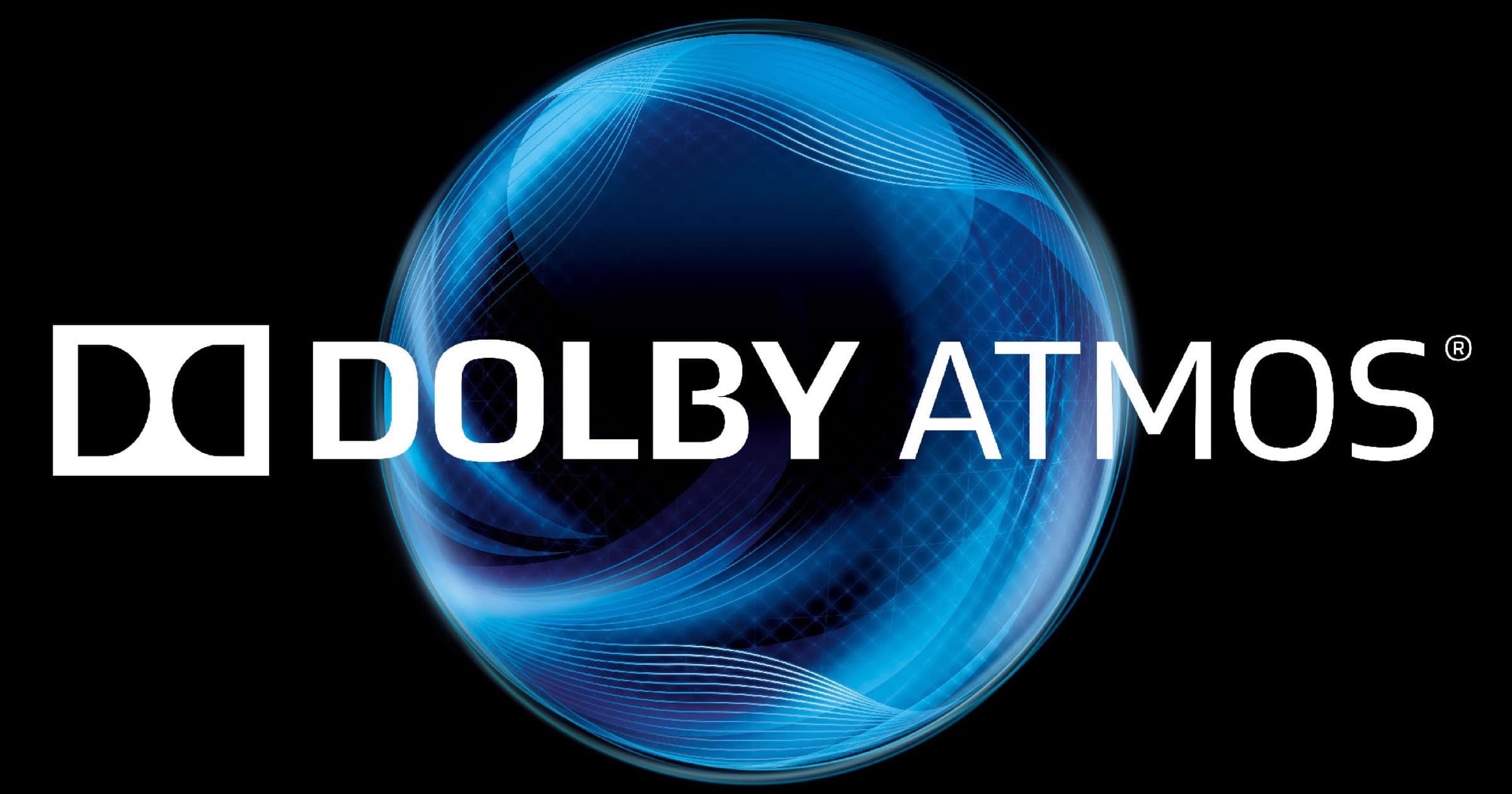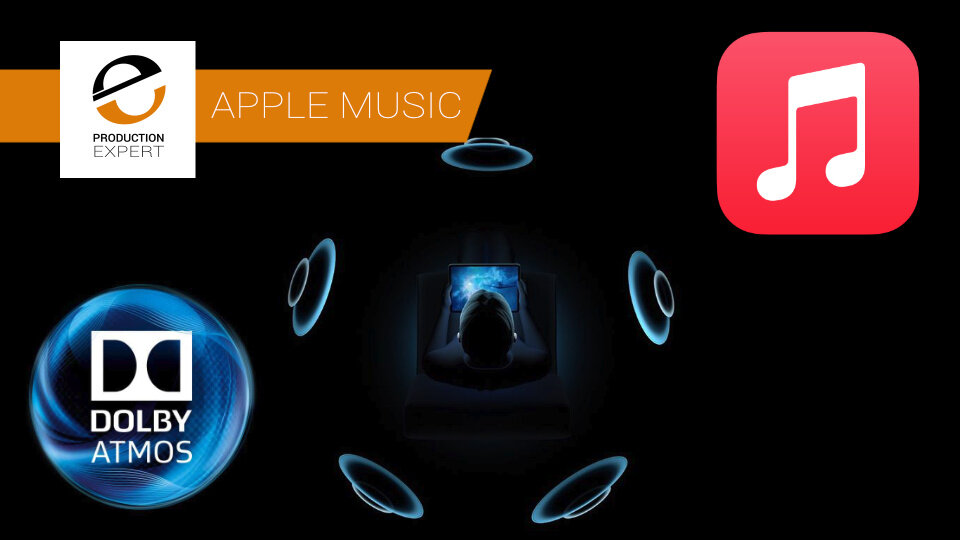

However, Atmos is or will soon be available for most of the digital-audio-workstation software now used to record and mix music, and we’re seeing a lot of buzz about Atmos in music-production publications such as Mix and Tape Op, so many new albums are likely to be released in Atmos.Īpple stresses that the Apple Music app’s Atmos feature works best in concert with Apple and Beats headphones that use Apple’s W1 or H1 chips, including the Apple AirPods Pro and AirPods Max.

But since Atmos music is relatively new and producing Atmos mixes demands an extra investment of time and money, you probably won’t find most of your favorite music in the format. You’ll find everything from decades-old classics such as The Rolling Stones’s “Angie” to recent hits from Olivia Rodrigo and The Weeknd. Using the terms “Dolby Atmos” and “spatial audio” interchangeably, the Apple Music app features playlists of spatial audio in various genres, including hip-hop, pop, country, rock, jazz, and classical.
#Apple dolby atmos how to
Apple’s website includes detailed instructions on how to activate Atmos on these devices.
#Apple dolby atmos tv
However, in our experience testing Atmos, we’ve found that the technology delivers its most realistic effects when played through front and rear speakers and actual ceiling-mounted overhead speakers the simulations of overhead sounds that it creates for simpler systems are rarely as convincing.Ītmos is now supported by most Apple devices, including iPhones and iPads running iOS 14.6, Mac computers running macOS 11.4, and Apple TV 4K streaming boxes running tvOS 14.6. Atmos can also process headphone sound to trick a listener into thinking they’re hearing speakers all around them. The objects consist of a sound-from a voice to an instrument to a sound effect-plus instructions on which direction the sound should come from and whether it should stay in place or move around the listener.Ītmos collects all of those sonic elements and then processes them to sound their best on whatever audio system you’re using-whether it’s a surround-sound speaker system, a soundbar, the speakers built into an iPad, or a wireless speaker such as the Amazon Echo Studio, which uses an upward-firing speaker to create ambience. (Full disclosure: I worked as a marketing manager at Dolby from 2000 to 2002, but I have no financial interest in the company or regular contact with any of its employees.)Ītmos allows recording engineers to add sonic “objects” to conventional 5.1- or 7.1-channel surround-sound productions (which is why people sometimes call it “object-based audio”). A few technologies, including DTS:X, Auro-3D, and Sony 360 Reality Audio, compete with Atmos, but none is as prevalent as Atmos, especially after Apple’s announcement.

Now Dolby is promoting Atmos for music production, whether to create a more realistic concert-hall ambience or to dazzle the listener with sounds flying overhead. Atmos has been used for movies since 2012 and is often available on Blu-ray soundtracks and through many video-streaming platforms.
#Apple dolby atmos movie
Dolby created Atmos primarily to add sounds coming from speakers in the ceiling, to deliver more convincing simulations of movie sound effects such as rainstorms and airplanes flying overhead. When used effectively, Atmos can make a living room sound like a forest in springtime, a bustling avenue in Manhattan, or seat G108 at Carnegie Hall (PDF). What is Atmos spatial audio?ĭolby Atmos technology can reproduce sound from any and every direction-not only all around the listener but also overhead.

Fortunately, a few weeks before the coronavirus pandemic hit, I got an extensive Atmos music demo from Dolby in its state-of-the-art Hollywood theater, so I already understood how the technology worked and how dazzling-and sometimes dull-Atmos music can sound. By creating a sense of sonic immersion, with sound appearing to come from around and above the listener rather than from a pair of speakers or a set of headphones, Atmos music offers the potential for more realistic simulations of live concerts and for creative effects normally reserved for movie soundtracks.Įven though Atmos music has been available on the Amazon Music and Tidal streaming services for a year and a half, it garnered little attention until Apple’s announcement, which left many people wondering what exactly Atmos music is and how they could get it. Unlike lossless audio, which merely promises improved sound quality, Atmos is touted as a revolution in music recording and reproduction. It’s rare for me to spend most of my day on the phone with other audio writers, discussing the latest news, but that’s what happened on May 17, the day Apple announced it would add lossless audio and Dolby Atmos to the Apple Music streaming service at no extra charge.


 0 kommentar(er)
0 kommentar(er)
